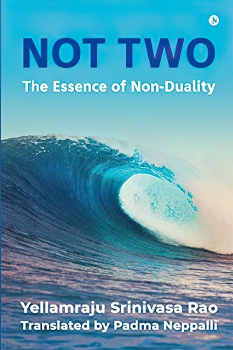Q: I am struggling to reconcile the empirical account of what may be called ‘creation’ (the Big Bang, followed by billions of years of mechanically unfolding interactions with no sense of self, until the absurdly *recent* emergence of consciousness after further millions of years of blind evolution) with the advaitic concept of ‘creation’ (the absolute Being, timeless and changeless, manifesting in Itself as experience).
A: The ‘bottom line’ of Advaita is that there has never been any ‘creation’. There is only Brahman. Everything is Brahman. You are Brahman. The ‘universe’ is simply a ‘form’ of Brahman, to which you have given ‘names’ implying that there are separately existing entities.
The scriptures (from which Advaita derives) certainly give ‘empirical accounts’ of a creation. But these are interim explanations only to satisfy the enquirer temporarily until ready to accept the truth.
Science does attempt to rationalize consciousness as an emergent phenomenon, but it is doomed to fail because it cannot objectify the ultimate subject. See my article on ‘Consciousness – Not Such a Hard Problem’ beginning https://www.advaita-vision.org/consciousness-not-such-a-hard-problem-1-of-2/. Also https://www.advaita-vision.org/science-and-consciousness/. Science in general is intrinsically unable to address the problems dealt with by Advaita. See my 4-part article on ‘Science and the nature of absolute reality’ beginning https://www.advaita-vision.org/science-and-the-nature-of-absolute-reality-part-1/, which may contain useful pointers. And the 3-part article by Dr. Sadananda beginning https://www.advaita-vision.org/science-and-vedanta-part-1/.
Continue reading
